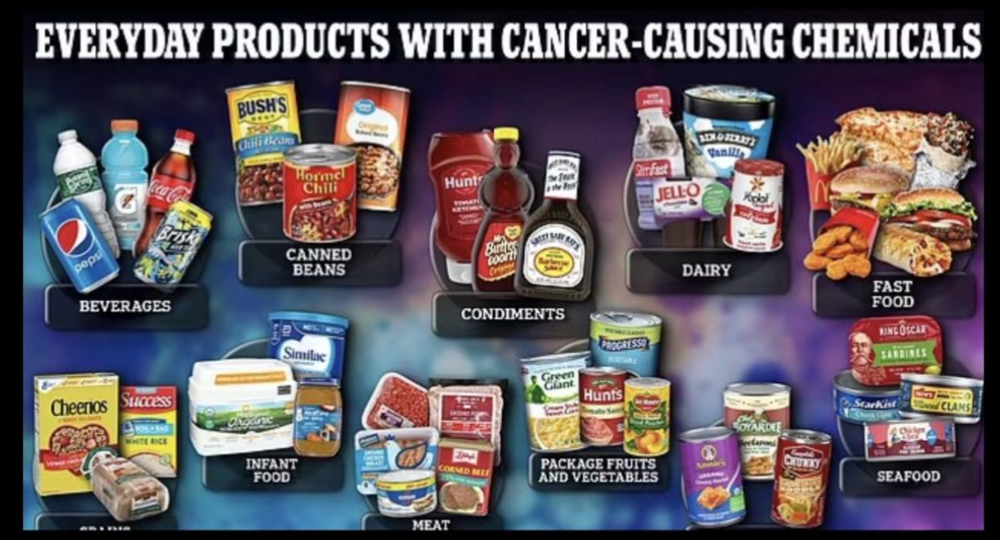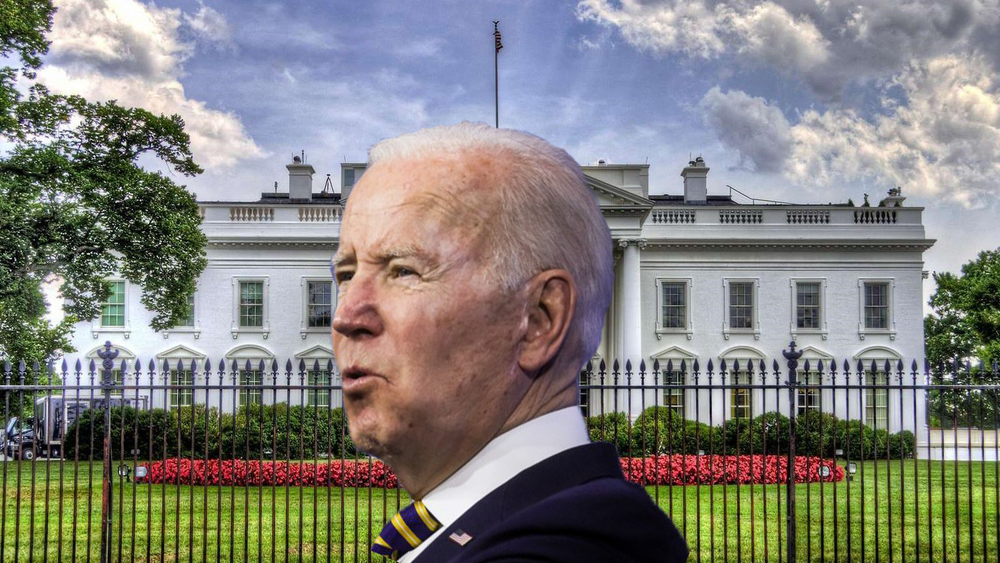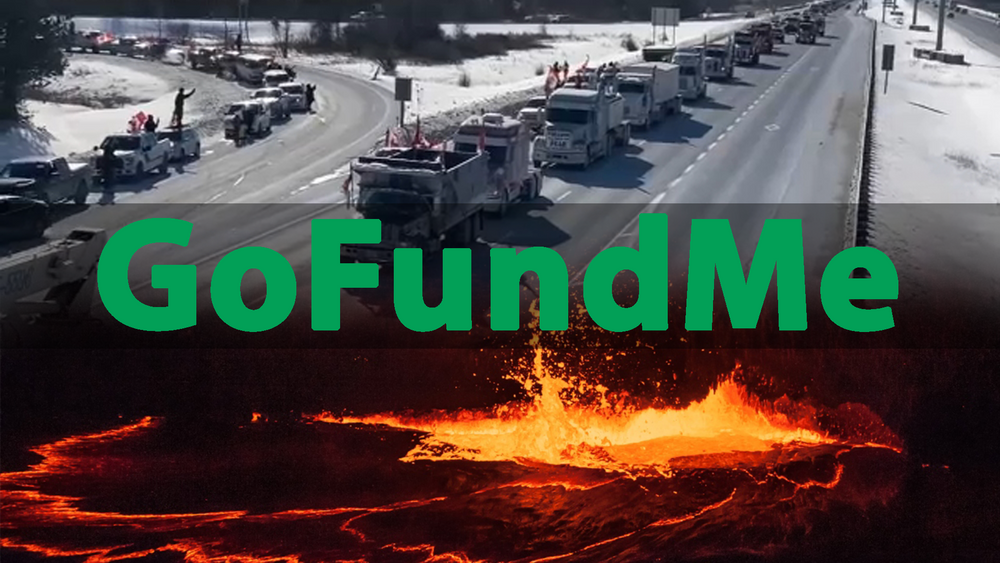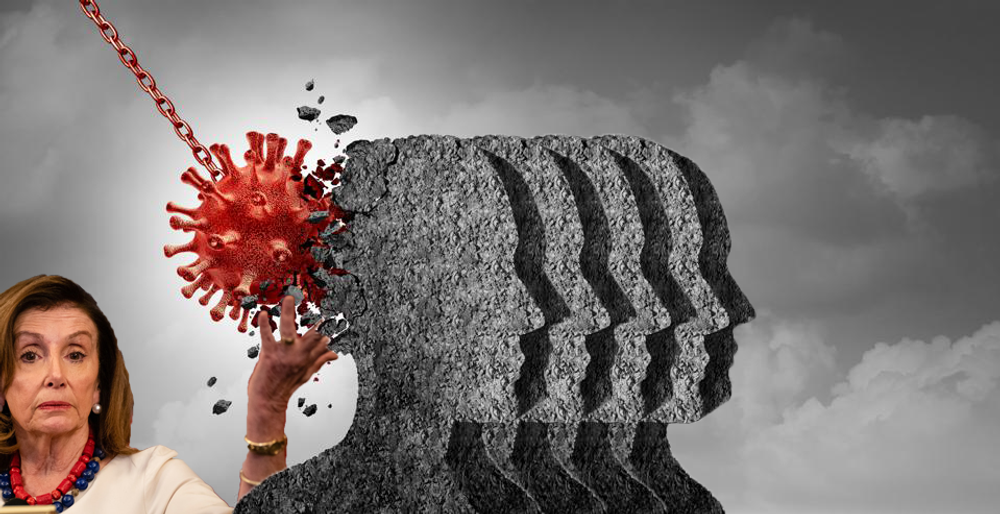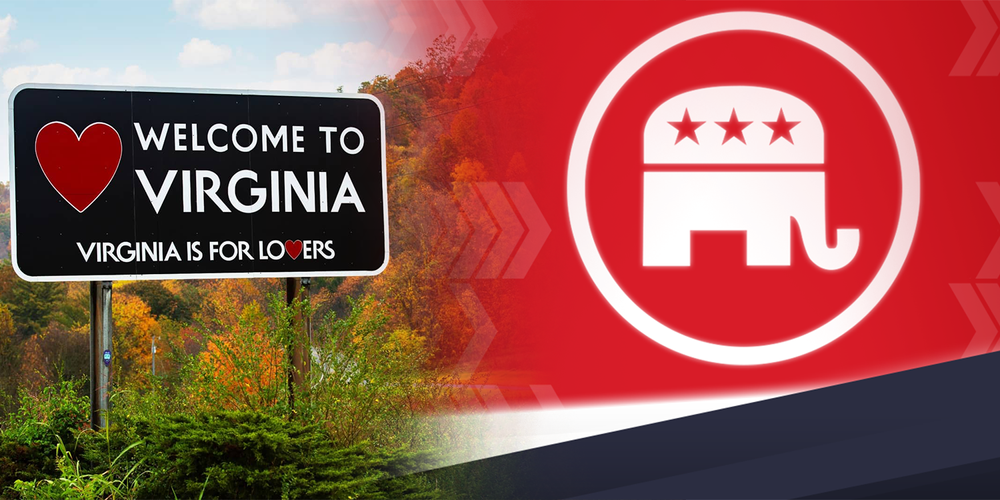
AP FACT CHECK: Trump Declares Emergency With Faulty Claims
AP FACT CHECK: Trump Declares Emergency With Faulty Claims

President Donald Trump on Friday declared a national emergency at the southern border while acknowledging that rapid construction of a wall is not a necessity, but rather his preference. In justifying the extraordinary step, he brushed aside his administration's conclusions that drugs come into the country primarily at official points of entry, not over remote territory that a barrier could seal off.
Trump invoked what his aides called the "common authority" of presidents to take unilateral action through the declaration of a national emergency. But there's nothing common about a president taking command of billions of dollars without the approval of Congress to pay for a campaign promise.
"I could do the wall over a longer period of time," Trump said, raising questions about why he sees an emergency unfolding today. "I didn't need to do this, but I'd rather do it much faster."
At a Rose Garden news conference, Trump also claimed progress on wall construction that hasn't occurred.
A look at some of his comments:
TRUMP: "I've built a lot of wall. I have a lot of money, and I've built a lot of wall."
THE FACTS: He's built no new miles of wall, lacking the money. His new construction to date has replaced existing barriers.
This month marks the start of construction of 14 miles (22 kilometers) of fencing in the Rio Grande Valley in Texas, the first lengthening of barrier in his presidency. That's from money approved by Congress a year ago, most of which was for renovating existing barrier.
Money approved by Congress in the new deal to avert another government shutdown would cover about 55 more miles (88 km).
He has often portrayed his wall, falsely, as largely complete, to a point where "Finish the wall" has become his rallying cry, replacing "Build the wall." That masks a distinct lack of progress in physically sealing the border — a frustration that is now prompting him to find money outside the normal channels of congressional appropriation. Trump inherited about 650 miles (1,050 km) of physical border barrier from previous administrations.
TRUMP, on past presidents declaring national emergencies: "There's rarely been a problem. They sign it; nobody cares.I guess they weren't very exciting.But nobody cares. … And the people that say we create precedent — well, what do you have? Fifty-six? There are a lot of times — well, that's creating precedent.And many of those are far less important than having a border."
THE FACTS: Those declarations were rarely as consequential, and that's precisely why they were mostly uncontroversial. He's roughly correct about the numbers. But past declarations did not involve the unilateral spending of substantial sums of money that Congress — which holds the power of the purse — did not approve.
Emergency declarations by Presidents Barack Obama, George W. Bush and Bill Clinton were overwhelmingly for the purpose of addressing crises that emerged abroad. Many blocked foreign interests or terrorist-linked entities from access to funds. Some prohibited certain imports from or investments in countries associated with human rights abuses.
Trump's number resembles findings from the Brennan Center for Justice, which has tracked 58 emergency declarations back to 1978.
"It's extremely rare for a president to declare a national emergency in a bid to fund domestic construction projects, particularly one that Congress has explicitly refused to fund," said Andrew Boyle, an attorney in the national security program at the center. "The ones that former presidents declared are of a different sort."
Obama declared a national emergency in July 2011 to impose sanctions on transnational criminal groups, blocking any American property interests and freezing their assets, authorizing financial sanctions against anyone aiding them and barring their members from entering the United States. It authorized sanctions against criminal cartels in Mexico, Japan, Italy and Eastern Europe. It did not direct billions in spending by the U.S. treasury.
TRUMP: "And a big majority of the big drugs — the big drug loads — don't go through ports of entry.They can't go through ports of entry.You can't take big loads because you have people — we have some very capable people; the Border Patrol, law enforcement — looking.
TRUMP: "We have tremendous amounts of drugs flowing into our country, much of it coming from the southern border.When you look and when you listen to politicians — in particular, certain Democrats — they say it all comes through the port of entry. It's wrong.It's wrong. It's just a lie. It's all a lie."
THE FACTS: His own administration says illicit drugs come mainly through ports of entry. He has persistently contradicted his officials — never mind Democrats — on this point. The U.S. Drug Enforcement Administration said in a 2018 report that the most common trafficking technique by transnational criminal organizations is to hide drugs in passenger vehicles or tractor-trailers as they drive into the U.S. at official crossings. They also use buses, cargo trains and tunnels, the report says, citing smuggling methods that would not be choked off by a border wall.
"Only a small percentage" of heroin seized by U.S. authorities comes across on territory between ports of entry, the agency says, and the same is true of drugs generally. The great majority of heroin, methamphetamines, cocaine and fentanyl is seized at ports of entry. Marijuana is one exception; significant quantities are seized between entry ports.
Even if a wall could stop all drugs from Mexico, America's drug problem would be far from over. The U.S. Centers for Disease Control and Prevention says about 40 percent of opioid deaths in 2016 involved prescription painkillers. Those drugs are made by pharmaceutical companies. Some feed the addiction of people who have prescriptions; others are stolen and sold on the black market. Moreover, illicit versions of powerful synthetic opioids such as fentanyl have come to the U.S. from China, not Mexico.
TRUMP: "Take a look at our federal prison population. See how many of them, percentage-wise, are illegal aliens. Just see. Go ahead and see. "
THE FACTS: About 40 percent of the people who entered federal prison in 2014 were foreigners, according to the most recent Bureau of Justice Statistics. The vast majority of the foreigners (20,842 of 28,821) were being held for immigration violations, not violent or property crimes. It's not clear how many were in the country illegally. The federal prison population is not a solid yardstick of immigrant crime because it represents only 10 percent of the overall prison population of the U.S. Most people convicted of crimes are in state prison.
 Anti-Semitic Tweet Highlights Fissures Within the Democratic Party Next PostIn Court, Trump’s Declaration Faces Uncertain Fate
Anti-Semitic Tweet Highlights Fissures Within the Democratic Party Next PostIn Court, Trump’s Declaration Faces Uncertain Fate
